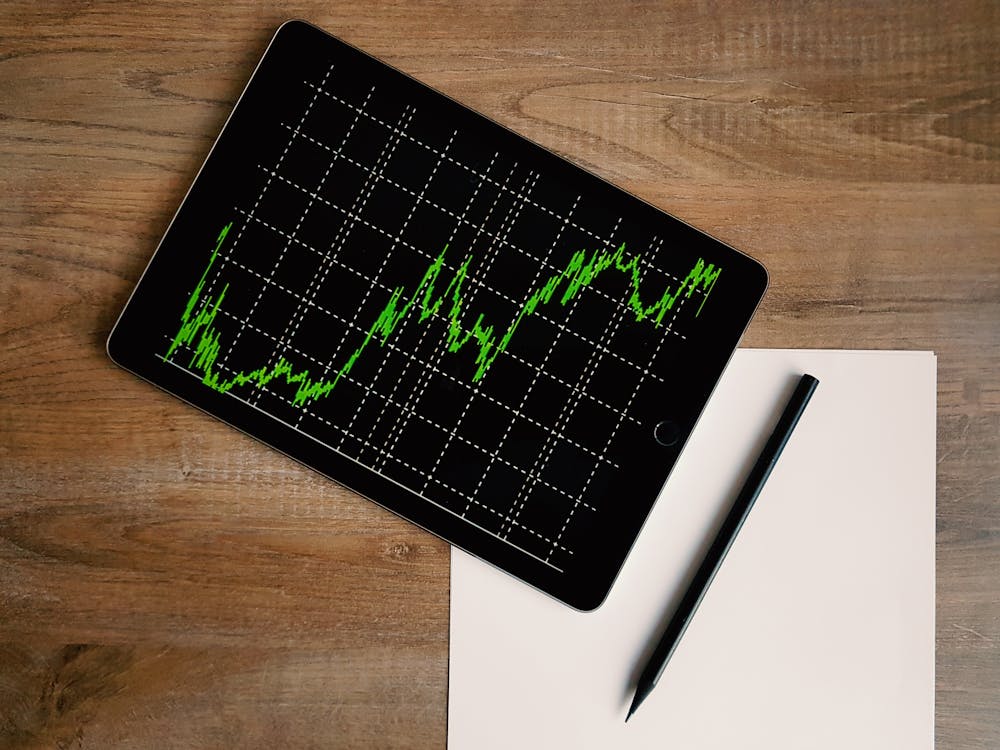
 Image Source: Pexels
Image Source: Pexels
Bond or fixed income investors talk a lot about yield curves, but what is a yield curve and how can it be used in portfolio management? Generally speaking, a yield curve is a graphical representation (as shown in graph 1) of the relationship between interest rates (or yields) and the maturity dates of debt securities, such as government bonds. It shows how much investors can expect to earn from bonds of varying durations, typically ranging from short-term (e.g., one month) to long-term (e.g., 30 years).The curve is usually plotted with time to maturity on the x-axis and yield on the y-axis. The shape of the yield curve reflects market expectations about future interest rates, economic growth, and inflation.
Graph 1: European Government Benchmark Yield Curve (December 1, 2024) Source: LSEG
Source: LSEG
Given the yield structure there are three general shapes of yield curves:Normal Yield Curve: The normal yield curve is an upward-sloping curve, indicating that longer-term bonds have higher yields than short-term bonds. This shape suggests healthy economic growth expectations.Inverted Yield Curve: Opposite to the normal yield curve, an inverted yield curve is a downward-sloping curve, where short-term yields exceed long-term yields. This is often seen as a predictor of economic recession, which may or may not occur in the future. The currently inverted yield curves (as shown in graph 1) show that even long-term inverted yield curves may not lead to a recession.Flat Yield Curve: As to be expected, a flat yield curve has similar yields across durations, signaling economic uncertainty or a transition phase in the interest rate cycle.That said, yield curves can have a mix of shapes, which means for example that a normal yield curve can also have flat or inverted parts.Professional investors use the yield curve mainly as decision-making tool within the portfolio construction process for fixed income portfolios since the yield curve can help investors predicting future interest rate changes. For instance, an upward-sloping curve may suggest rising rates, guiding managers to favor short-term bonds to minimize duration risk.In addition, investors use the yield curve to balance the durations of a portfolio with market conditions. Longer durations are more sensitive to interest rate changes, which they may want to avoid in volatile periods. The yield curve also enables investors to do a relative value analysis, as a comparison of the yields across durations allows managers to identify mispriced bonds and optimize returns.Additionally, the yield curve provides signals about economic conditions. A steep curve suggests growth, while an inverted curve warns of a slowdown, which means yield curves can influence the tactical or strategic asset allocation of an investor.In summary, it can be said that the yield curve is an important tool for assessing market trends, managing risks, and aligning investment strategies with macroeconomic conditions. Yield curves are very popular since the insights from these rather simple charts are easy to understand (even as the reasoning might be very complex) which makes them indispensable in navigating fixed income markets and beyond.More By This Author:S&P 500 Earnings Dashboard 24Q3 – Friday, Nov. 29
Is The Concentration Of The Assets Under Custody A Threat For The Global ETF Industry?
Russell 2000 Earnings Dashboard 24Q3: Thursday, Nov 28
















